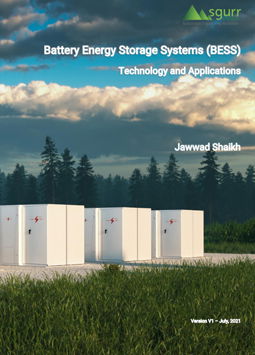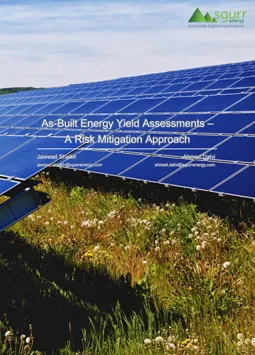
SgurrEnergy also studies if the lack of an appropriate and adequate drainage system has a direct or indirect impact on power generation and leads to operating revenue loss, we understand its significance and its impact on the power plant, how frequently the flood risk may occur. We also study if there are remedial measures other than providing a drainage system to mitigate or minimise the flood risk, is the drainage system feasible, and if feasible, can we reduce the system cost.
We then proceed with collection of meteorological data (satellite based), topographical data for plant area and satellite based for areas beyond plant boundary, historical flood data at project site which is subject to information available in public domain and information gathered during site visit, analysis and interpretation of collected data as required for completing a hydrology study. Local standard or guidelines are referred while conducting this study.
Our
Proficiency –
Your Benefits
Our Services
The hydrology study includes the following:
- Site visit is conducted to understand the existing site conditions, assess the topographical features to understand natural drainage and land use pattern.
- The satellite based data is used for areas beyond plant boundary or drone survey data if available. There may be variations between the PV plant topography data and satellite or drone data, which may lead to elevation mismatch along the junction of both data sets and may influence the accuracy of analysis;
- Collection of satellite based rainfall data (hourly, daily, yearly etc.) or freely available data from CWC for the project site. In case the gauge station data is available, the same can be considered for further analysis.
- Analyse the rainfall data and estimate maximum rainfall depth for 24 hours and for various short durations including duration of concentration for 25, 50 and 100 year return-period. The rainfall data and analysis is included in the report.
- Analysis of runoff coefficient and manning’s coefficient.
- Estimate the maximum rainfall intensities for various return periods & durations including concentration times and prepare Intensity-Duration-Frequency (IDF) curve.
- Estimation of catchment area and Runoff analysis;
- Preparation of watershed based hydrological model;
- Prepare flood inundation map indicating the flood levels, inundated area and flow direction taking into account the site topography, soil conditions etc. and using above flood hydrographs as upstream boundary conditions and appropriate downstream boundary condition.
- Analyse high flood level for the project;
- Providing various remedial measures such as provision of new drains with sizing subject to its feasibility.
Deliverable is a Hydrology report with recommendations on mitigating the flood risks. We also do the storm water drainage design and layout as part of the Detailed engineering scope.
Technical Articles

Battery Energy Storage Systems (BESS) Technology and Applications

Importance of Eccentric Wind Loading on Monopitch Module Mounting Structures
























